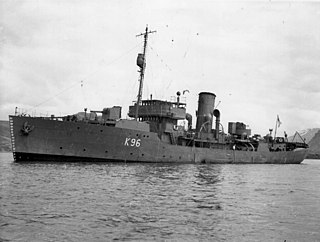| Look up aubrietia or aubretia in Wiktionary, the free dictionary. |
Aubrietia is a synonym for any of the approximately 20 species of trailing, purple-flowered plants of the genus Aubrieta, part of the mustard family, Brassicaceae.
Contents
Aubrietia may also refer to:



